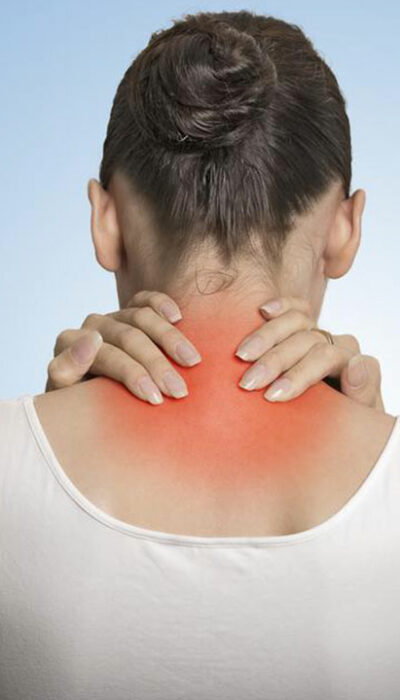
Know More about Fibromyalgia Tender Points
Fibromyalgia is the second most common disease in the country that affects the muscles and bones. The most common symptoms of the disease are feeling fatigued for no apparent reason and extreme pain in the joints. One of the main problems of this disease is that you may or may not know that you are suffering from the disease. The disease is poorly understood and identified by the masses. There is no specific test to determine whether you are suffering from the disease. The disease has no cure and its symptoms can be managed through treatment and by bringing about certain changes to your lifestyle. If you are suffering from the symptoms of the condition, make sure to visit a doctor immediately. Immediate treatment can help you effectively manage the disease. There are certain areas on the body that appear to be tender for those people who are suffering from the condition. These are called fibromyalgia tender points. What are fibromyalgia tender points? When suffering from fibromyalgia, there are certain areas on the body that become painful when pressure is applied to them. These areas are referred to as fibromyalgia tender points. While fibromyalgia tender points are also referred to as trigger points, they are not essentially triggered points. Trigger points can cause other parts of the body to pain when pressure is applied to them. For example, if pressure is applied to your elbow, you may feel pain in your hand. Some people may have trigger points and fibromyalgia tender points at the same time. Here are a few of the most common fibromyalgia tender points on the body. Be aware of these points and visit a doctor if you are feeling pain in these areas. It could be a sign that you are suffering from fibromyalgia and your doctor may prescribe medications.










